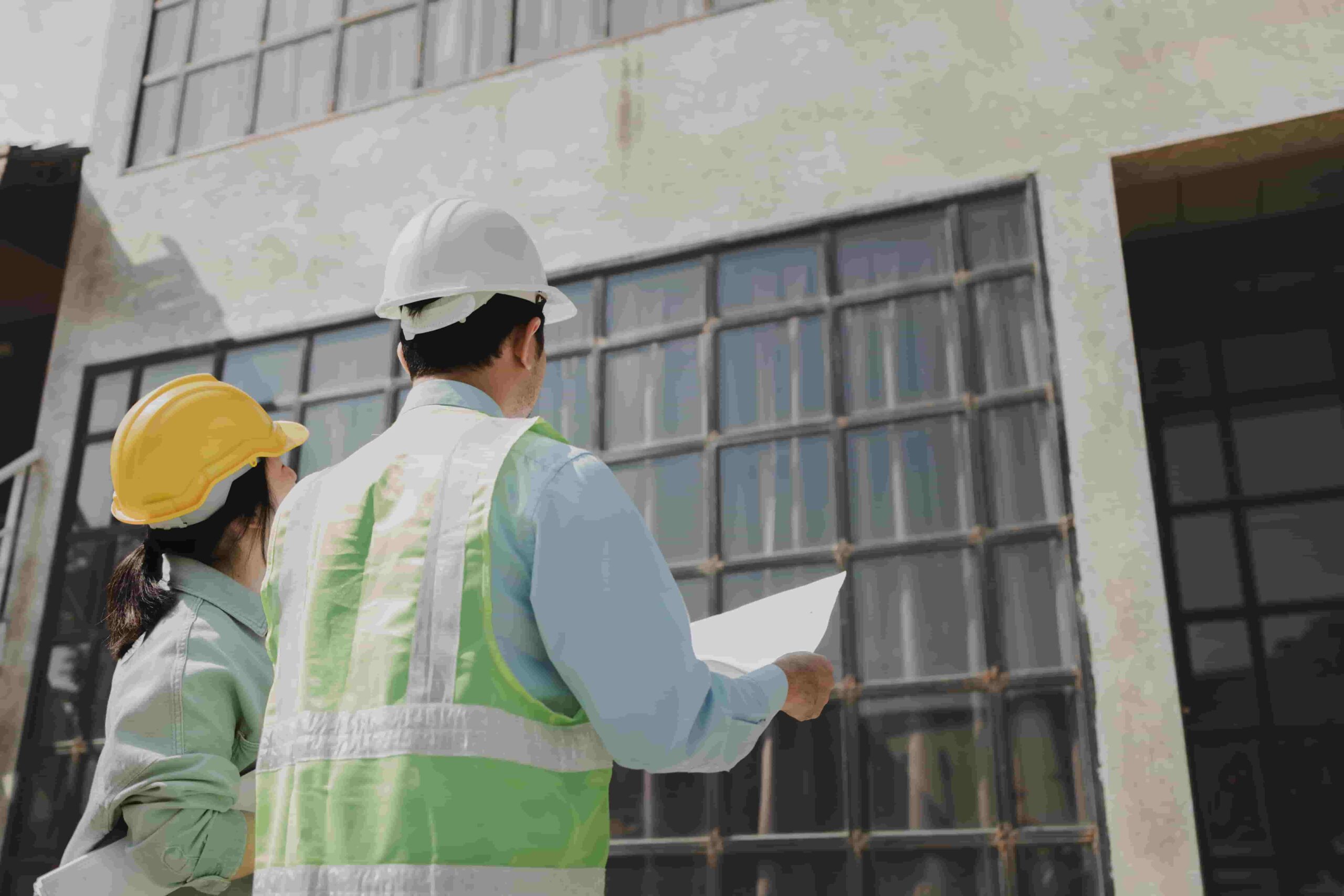
Ceiling systems are a critical part of interior construction and finishing. From acoustical panels to gypsum board, ceiling estimation requires attention to detail, labor data, and cost structuring—especially in complex urban settings like New York City. Whether it’s a commercial fit-out, a school renovation under SCA, or an office build-out, ceiling work is labor-intensive and tightly sequenced with HVAC, electrical, and fire protection trades.
Estimating ceilings correctly ensures your bids reflect not just material cost but also logistical challenges and overheads specific to the project’s location and constraints.
Why Ceiling Estimation Is More Than Just Square Footage
Many assume ceiling estimating is just about counting the square footage. However, a professional ceiling estimate includes:
- Type of system (suspended, drywall, coffered, cloud, or stretch ceiling)
- Material selection (ACT panels, tiles, grids, gypsum board, furring channels)
- Height variation & levels
- Perimeter trims and reveals
- Fixture cutouts and MEP coordination
- Fire rating and acoustic properties
- Ceiling access panels and integration items
In New York City, ceiling estimators must account for limited work hours in occupied buildings, high-rise logistics, union crew requirements, and sequencing with other subcontractors.
True Bid Data’s Structured Ceiling Takeoff Approach
At True Bid Data, our ceiling estimates are structured using CSI Division 09 (Finishes), tagged for both standard and specialty ceiling types. We quantify:
- Net ceiling area
- Grid and panel counts
- Perimeter trims
- Suspension wires and hangers
- Bulkhead framing where required
- Labor productivity by crew size and shift constraints
Using digital tools, we extract ceiling takeoffs directly from PDFs, CAD, or Revit models, reducing human error and saving hours of manual work. Our team handles public projects (DASNY, NYCHA, OGS) and private commercial work alike.
How Ceiling Estimation Impacts Cost Control
A miscalculated ceiling scope can disrupt an entire bid. If you underprice ceiling insulation, tile alternates, or installation time, you may either lose the bid or suffer losses later.
Key cost elements in ceiling estimation include:
- Material cost: Panels, grids, fasteners, trims
- Labor cost: Per square foot, per opening, or per elevation shift
- Scaffolding and lifts in double-height spaces
- Waste factors based on layout complexity
- General conditions tied to ceiling framing duration
In cities like New York, access delays, ceiling interferences, and tight phasing all demand proactive planning and contingency inclusion.
Data-Driven Insights for Smart Estimators
Ceiling estimation becomes smarter when paired with analytics. At True Bid Data, we help contractors by offering:
- Historical ceiling cost per SF by project type and location
- Comparison of ACT vs. GWB ceiling systems across bids
- rends in material cost escalation and availability
- Model-based takeoffs linked to specifications and submittals
This approach allows estimators to spot patterns and price confidently, even when drawings are at 50% design stage
Visit True Bid Data for Accurate Interior Estimating
Ceiling estimation is often underestimated—until it becomes the cause of missed margins or scope gaps. At True Bid Data, we help you break down the ceiling scope precisely, price it based on local NYC labor conditions, and align it with architectural and mechanical coordination.
Visit True Bid Data to explore how our structured estimating services can help you win more bids and stay ahead of the competition in New York City and beyond.




